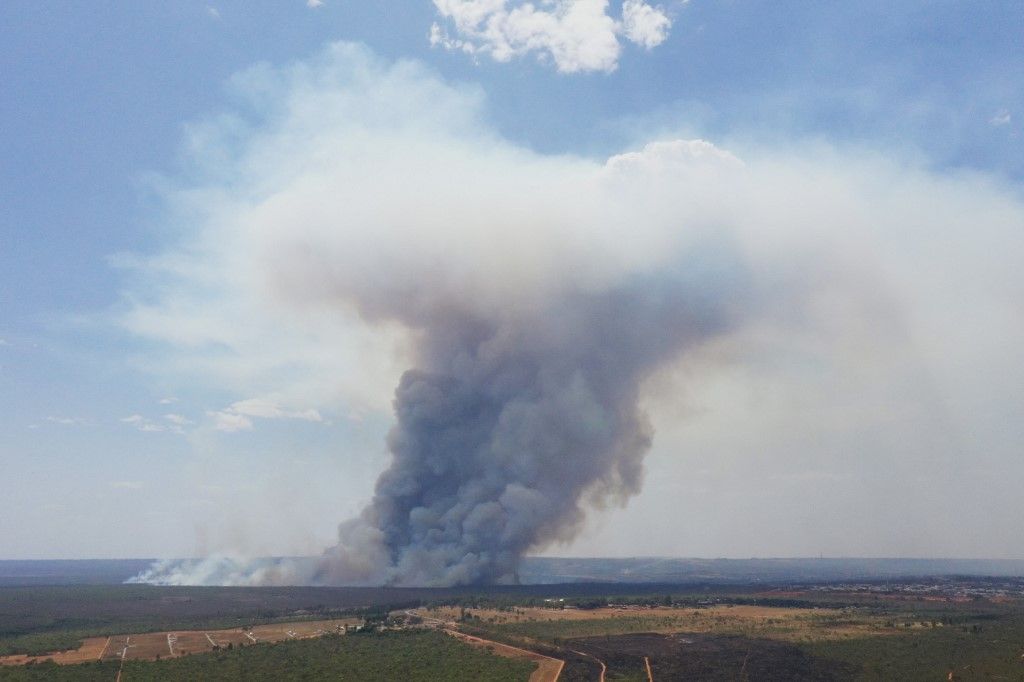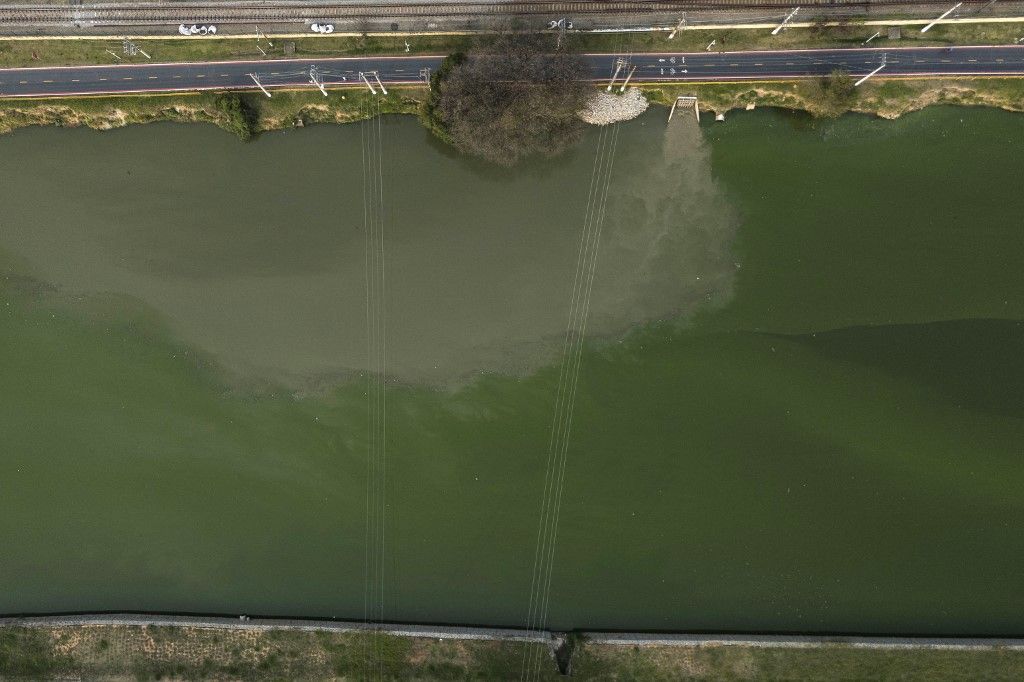A Brazilian Institute for Space Research and Reuters According to its data, 364,485 forest fires were recorded on the continent between January 1 and September 16, surpassing the record of 345,322 set in 2007. The historic drought in the Amazon has exacerbated the spread of the fires. Most of the fires can be linked to human activity, but the drought has created conditions conducive to their rapid spread. As a result, 60% of Brazil’s population now suffers from severe air pollution due to smoke. As soot enters the air, black rain has fallen in several places.

Photo: AFP
The area affected by the toxic smoke cloud, along with neighboring countries and the Atlantic Ocean, now covers 10 million square kilometers, an area larger than the entire United States.
“The air quality in Brazil has never been this bad,” said Alessandra Fidelis, a researcher at the Plant Ecology Laboratory at São Paulo State University. Life Sciences magazine.
Black rain and the river turns green
Natalia Gil, an atmospheric researcher and employee of the Air Quality and Emissions Department of the Uruguayan Technological Laboratory, told the portal that air quality is gradually deteriorating in cities in southern Brazil, northern Argentina, Bolivia, Paraguay and northeastern Uruguay. According to the expert, the concentration of soot, airborne dust, ozone, nitrogen oxides and carbon monoxide in particular have increased even more in the atmosphere. In Montevideo, the capital of Uruguay, visibility has deteriorated significantly due to air pollution and black rain – that is, precipitation that turns dark due to soot – falling from the sky. The black rain has affected not only Uruguay, but also 11 Argentine provinces and Buenos Aires.
In Sao Paulo, the Pinheiros River has turned emerald green due to algae blooms caused by severe drought.

Photo: AFP/Orion Pictures
Climate change also affects Brazil.
Although Brazil has always suffered from droughts, the average number of consecutive days without rain has increased from 80 to 100 in the past decade, indicating that climate change is worsening. And although deforestation has decreased, the remaining vegetation has become more vulnerable to forest fires.
According to experts, in addition to changes in rainfall, rising temperatures, soil moisture and carbon dioxide levels can also affect the extent, duration, frequency and intensity of wildfires.
In much of Brazil, climate change is manifested in higher temperatures, lower rainfall, and more severe droughts that are lengthening fire seasons.






